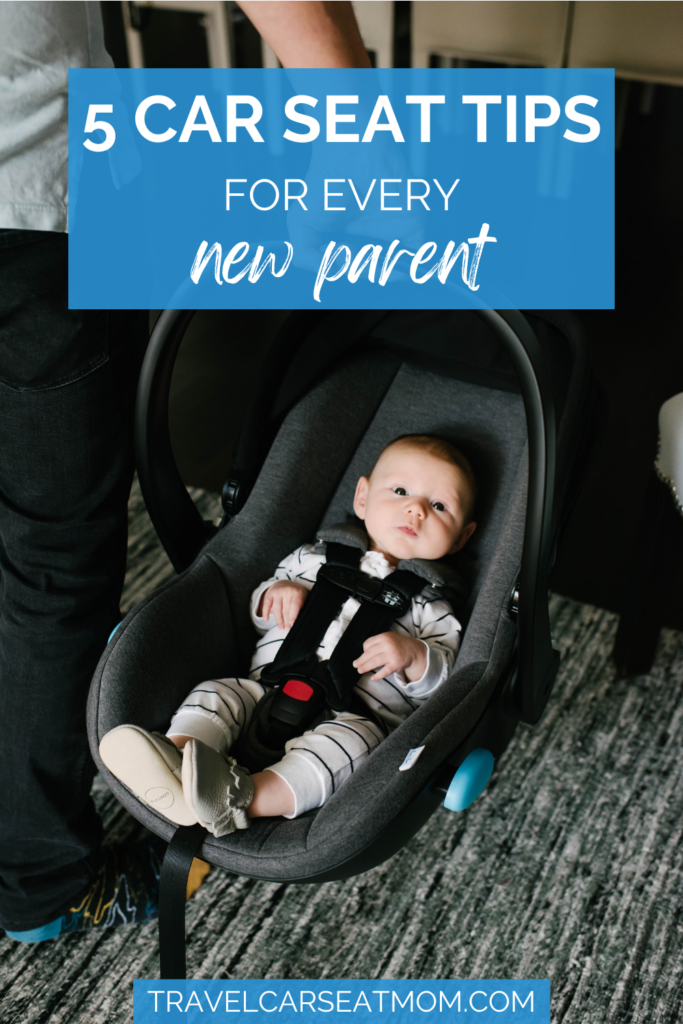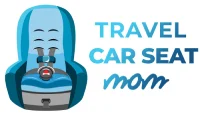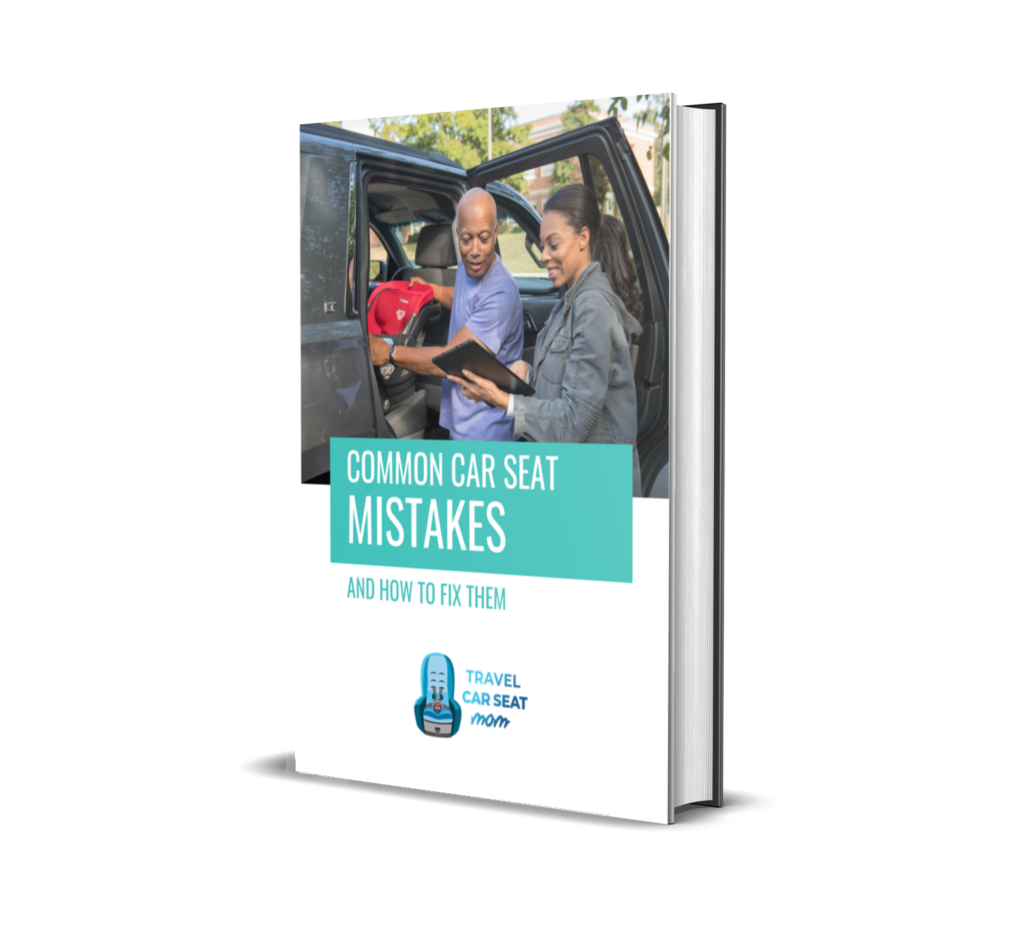I love love love doing car seat appointments with expectant parents! The excitement is palpable and they want to do everything they can to keep their new baby safe, and they often haven’t picked up incorrect ideas from friends or let the busyness of parenting convince them to cut corners. In this article I’ll share my top car seat tips for new parents that I wish everyone knew. As a CPST, we try to educate without overwhelming so hopefully these are simple enough to stick with you!
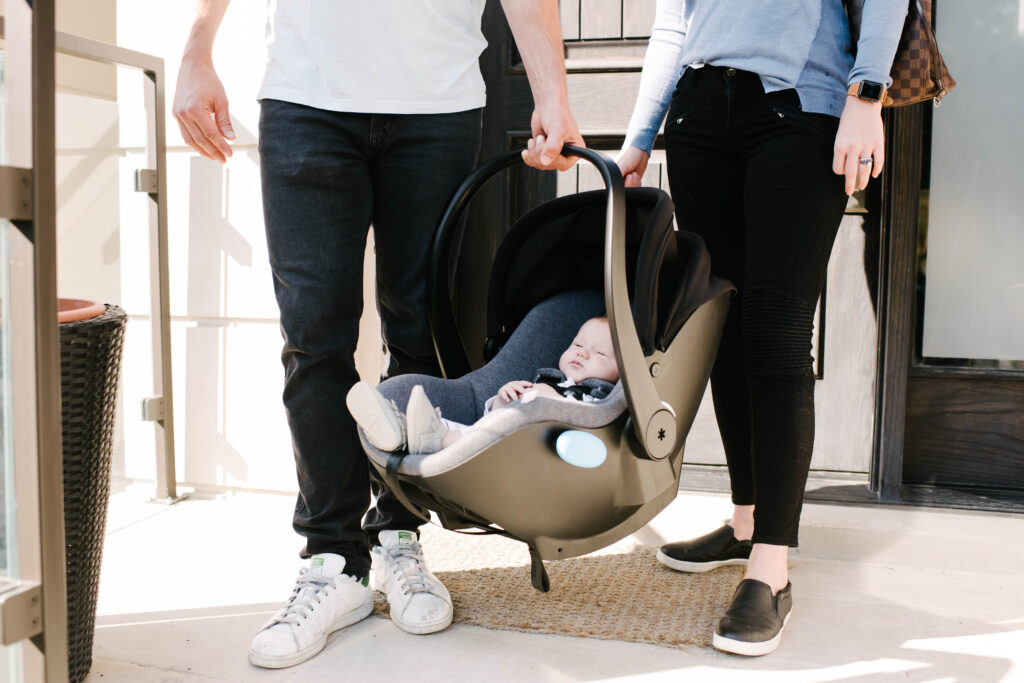
1. Your car seat manual is the most important thing that comes in the box.
It may sound self-explanatory that you should read your car seat manual, but so often people don’t even think of it. They send a photo with several big mistakes, yet the manual is still sealed in its plastic bag.
What kind of car seat questions does the manual address?
- When should I take out the insert?
- Can I use both LATCH and seatbelt to install?
- Is a mat allowed under my car seat?
One of the best trick every CPST knows is downloading the PDF version of a manual. It’s one less thing to keep track of, and you can also use the search function to quickly find what you need.
Of course there are times when you scour the manual and are still left scratching your head. For the visual learners, check to see if your car seat manufacturer has installation videos on their YouTube channel or website – these can be an absolute gold mine!
2. How long do kids need child car seats? Probably a lot longer than you think.
When new parents come to my house for a car seat appointment, I tell them up front that were going to become really good friends over the next decade or so. That’s right: on average, kids need some sort of car seat until age 10-12.
The typical progression looks like this:
- Infant car seat birth to 1 year old
- Rear facing convertible car seat 1 to 4 years old
- Forward facing convertible or combination car seat 4 to 6 years old
- Booster seat 6 to 10-12 years old
- Rear seat until at least 13 years old
Of course there’s plenty of variation, but it can help parents to have a rough sense of what their journey looks like.
3. There’s no ”best” car seat.
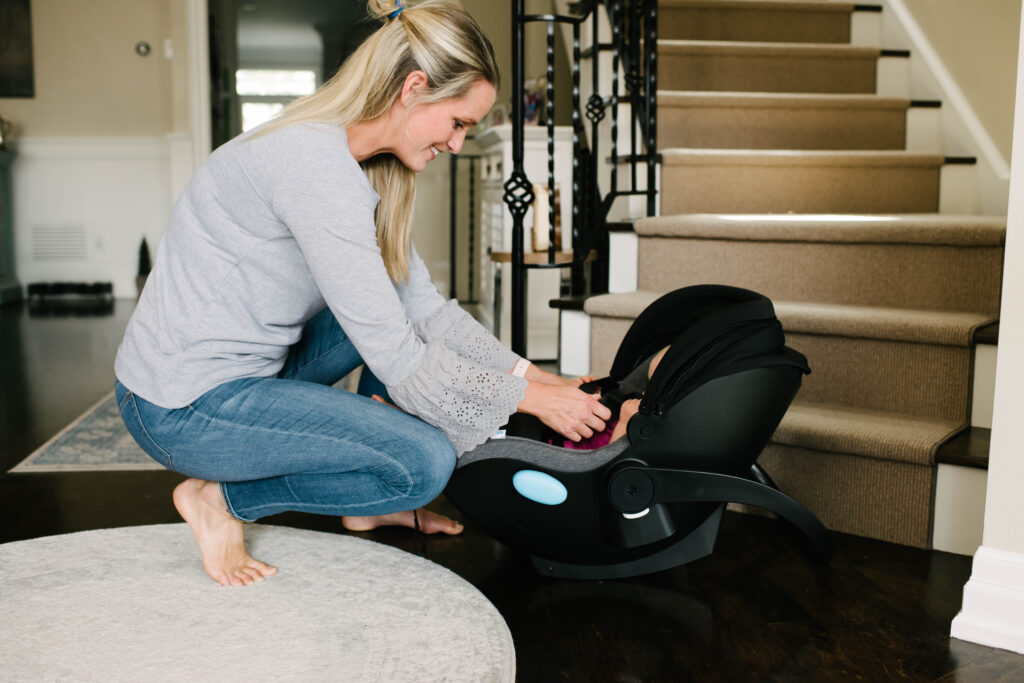
I get asked all the time ”whats the best car seat?” or ”what’s the safest car seat?” They’re two different questions, so they have two different (but related and equally unsatisfactory) answers.
Asking for the best car seat is sort of like the best shirt. They fit different kid bodies, different cars, different budgets and different families in ways that just aren’t the same for everyone. You might love the cut of Gap shirts while someone else might love the cut of J Crew shirts, or you may need an Old Navy t-shirt on the weekend but a Nordstrom blouse for workdays. No two situations are identical, so don’t just buy what your neighbor has.
A more nuanced question is ”what is the safest car seat?” Here in the US, crash test data is not released. Some third-party websites claim to do crash testing but at least one of them does parents a real disservice: they have a scientific-sounding name, but their ”experimentation” is extremely limited once you dig in to the details. They crash one seat – meaning one dummy size with one installation – while manufacturers run dozens of crashes to represent different child ages and installation types, and they do it repeatedly to ensure repeatable results. But as long as it passes, the actual results are not made public.
We can’t say what’s the best or safest car seat. We can say that some features may improve crash performance in one way or another. What can you look for beyond a seat that fits your car and budget? Aim for seats that are easy to install and use correctly without a million extra parts. If you have a larger than average kiddo look for seats with not only high weight and height limits, but also tall harness slots. If budget allows, features like load legs, rear facing tethers and anti-rebound bars may help with energy management.
But for this piece of baby gear, “the best” really means “the best for your family”.
4. Don’t ”set it and forget it” for too long.
Babies and children grow and change and so do their car seat needs! There are plenty of things to reassess as your child grows. The obvious ones are the height and weight limit of your car seat.
But there are other car seat adjustments that you’ll need to make well before it’s outgrown, like removing inserts, changing harness height and even reinstalling with a different method. The best way to keep up is to join my email list – you’ll get a 5 minute checkup sent straight to your inbox every quarter with a reminder of exactly what you need to look at!
5. It’s ok to need help.
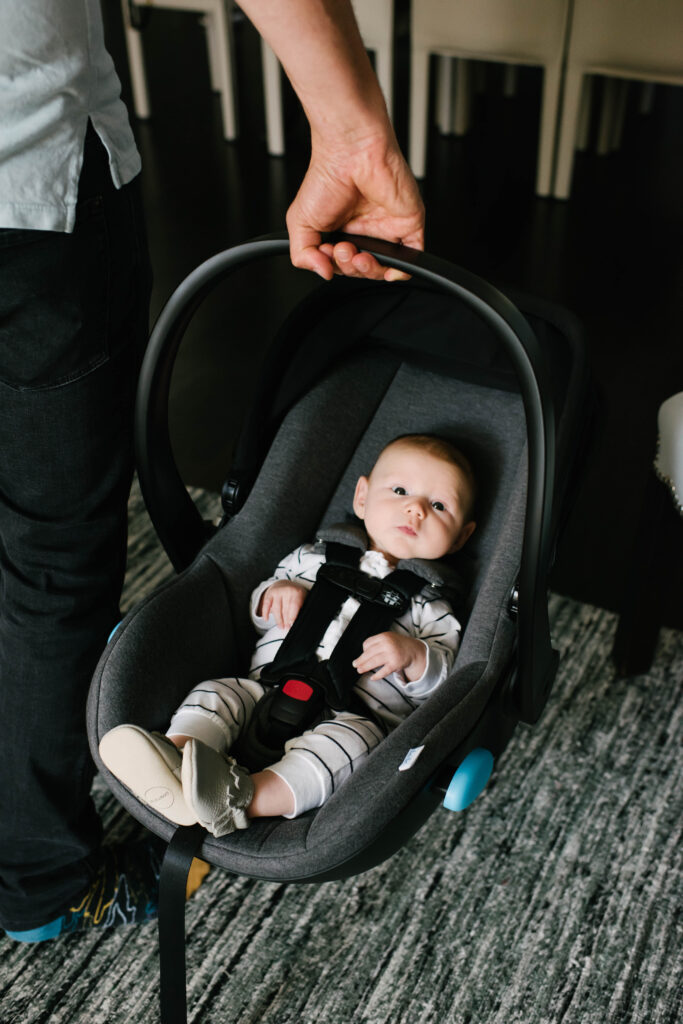
Car seats aren’t rocket science, but they are extremely technical products. They’re engineered to protect your child’s life in a crash but only if they’re used properly every time.
Where should you get car seat help? The most reliable source of help is a certified Child Passenger Safety Technician (hi!). We not only learn the basics in our training, but we’re out in the field working with families, talking with manufacturers to get clarification and pursuing continuing education to make sure we give caregivers the best info. Find a local CPST here – just fill in your state and county for the most helpful results.
Now for the more delicate question of where you shouldn’t get car seat help… the honest answer is almost anyone who isn’t a CPST. Your own parents probably aren’t familiar with modern car seats nor how long they should be used. Nurses, doctors and firefighters often receive a few hours of car seat training but may not remember all the details or keep up with the latest seats or guidelines unless they’re also CPSTs. They have critical, multi-faceted jobs that rarely revolve around car seats even if they mean well.
Fellow parents can be a critical part of your village when it comes to so many subjective elements of parenting. But when it comes to car seats, they may only be truly helpful if they have fastidiously read and followed the manual for your specific model and understand the nuances of your vehicle. If not, they may accidentally lead you astray.
Ok, so maybe it is kind of like rocket science!
Save this for later and share it with your friends!
